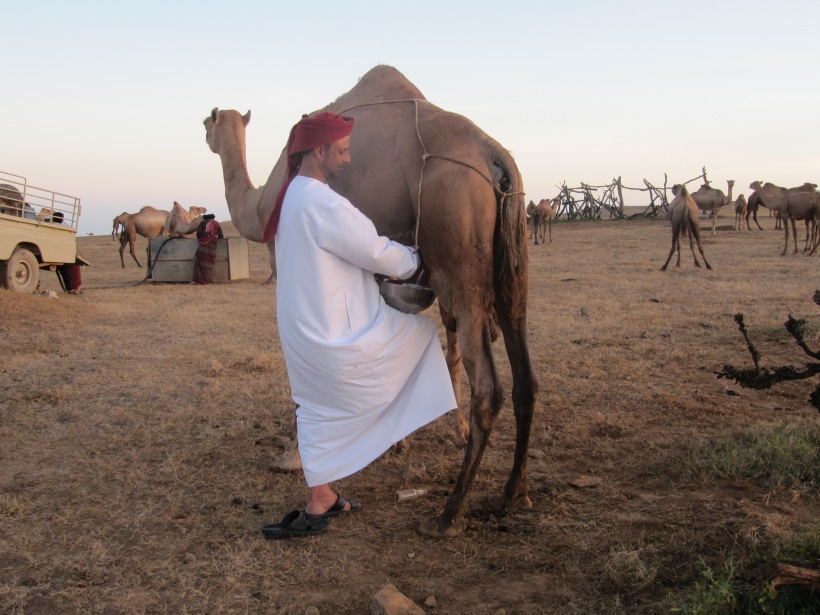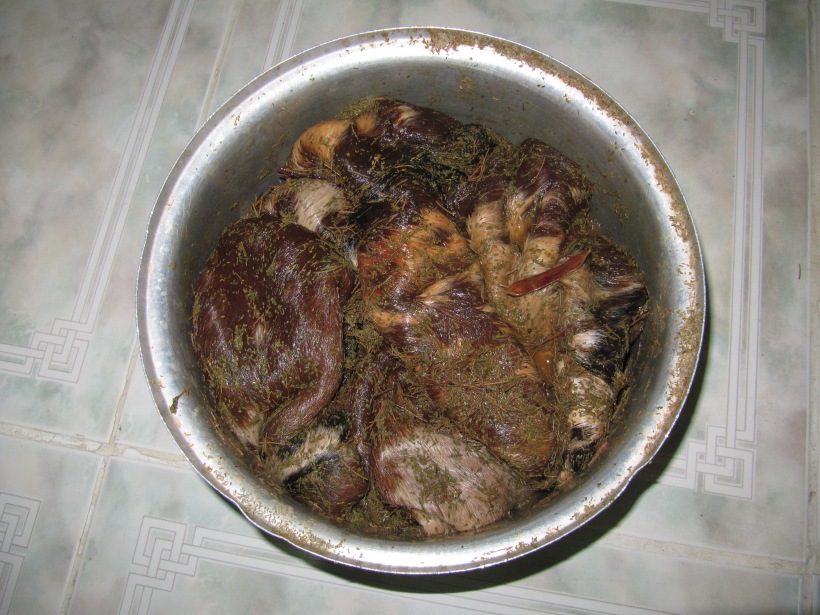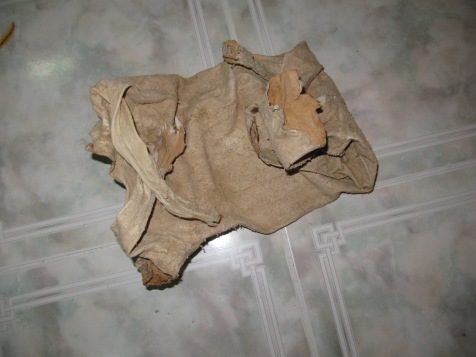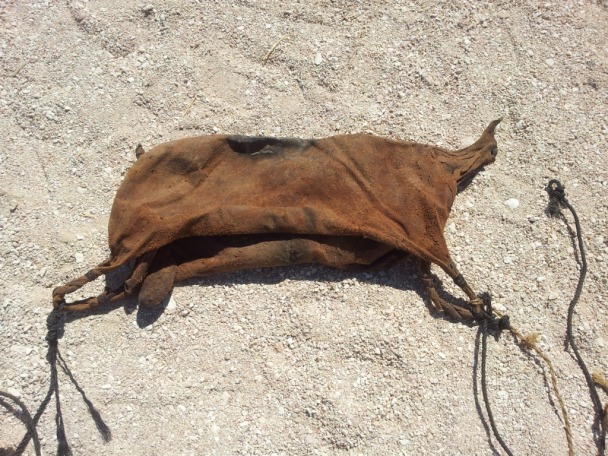Camels have played an important role in the lives of the Omani people for generations. The camels provide transport, milk, food and entertainment. In the Modern South Arabian languages and in Arabic, there are many words for camels which are used to describe their colour, sex and stages of life, highlighting their importance in the culture.
In the Arab world in general, camels are called ‘The ships of the deserts’ because they can make long journeys across the country and to remote areas. Camels have been given special status in Oman and are looked after by The Royal Camel Corps. The organisation keeps records of the camels, including their type and ancestry. As well as being an important resource for their meat and milk, camel racing is also a popular form of entertainment in Oman, Saudi Arabia, and the Arabian Gulf.
The picture below shows a camel with its brand mark. Camels are branded so people know which tribe they belong to. Branding is done on the left hand side of the animal’s face or neck. The brand in the picture shows that the camel belongs to the Samodah sub-branch of the Mehri tribe. The photograph was taken in the Jerbeeb near Salalah, Dhofar, after the monsoon season in late September 2010.

Camel milk is more popular than cow milk in Oman and is known for its froth, which can be seen in the image below. The picture shows camel milk being drunk on the central plateau in late September 2010. The second image shows a camel being milked in the same location. In Dhofar, only men milk cows and camels. Among the Mahrah, women milk goats, but among some other tribes, all milking animals are milked by men.


















